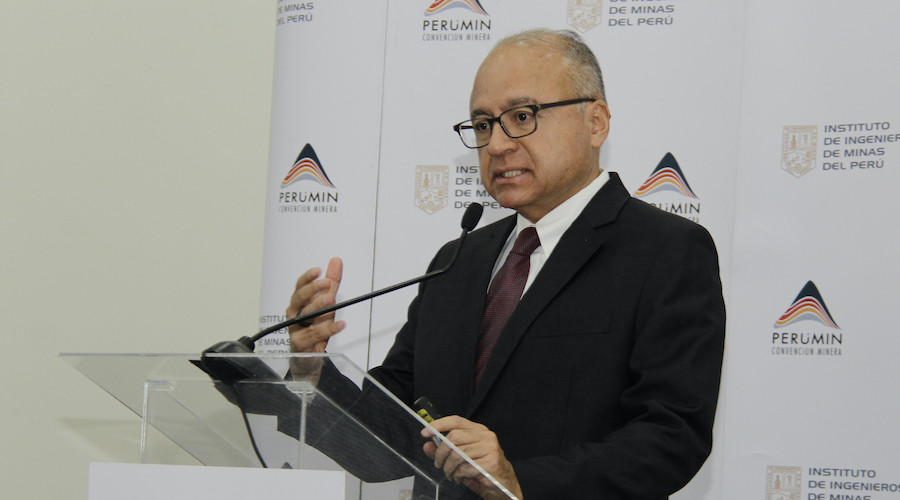Antamina’s president says Peru should focus on brownfield projects

The president of Antamina, Peru’s largest copper mine, and of the Directive Council of the Peruvian Institute of Mining Engineers, Víctor Gobitz, proposed concentrating efforts on brownfield projects given that there are no new operational deposits in the country.
At the launching of the PERUMIN 36 mining summit, Gobitz said that the lack of greenfield projects is in part due to the long wait times for obtaining exploration and environmental permits, the difficulties reaching agreements with local communities to access their lands and the country’s poor road, port and electric infrastructure.
“Brownfield projects are located within the same footprint of a mining operation, have an environmental impact study, use less industrial water and can be implemented in two or three years. This means that the development of 10% of this type of project would be equivalent to a new mine,” the executive said.
Antamina’s president noted that some of the most important brownfield projects being developed in Peru are Chinalco’s $815-million Toromocho expansion project, Southern Copper’s $871-million Cuajone expansion project, Glencore’s $590-million Coroccohuayco integration project, Antamina’s $1.6-billion reposition project and the $2.5 billion Yanacocha Sulfuros project controlled by Newmont Mining Corp.
When it comes to greenfield projects, Southern Copper’s long-delayed $1.4-billion Tía María project seems to be the most advanced one as it has an environmental license and a construction permit. In addition to this, its development would allow for the kickstart of the Paltitute dam, which is expected to store and provide fresh water to the Tambo Valley communities, even during dry periods.
“Peru needs fresh investment to generate more jobs, taxes and economic growth. Due to the stoppage of the Tía María mining project, our country lost $800 million in exports, considering its annual production greater than 100 thousand tons of copper and the price of the metal greater than $8,000 per ton,” Gobitz estimated.
{{ commodity.name }}
{{ post.title }}
{{ post.date }}

Comments